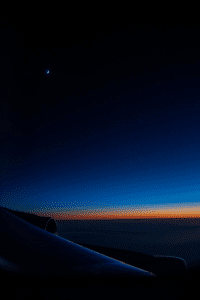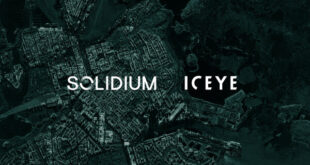
Edinburgh, 3 May 2022. – NASA and the German Aerospace Center (DLR), who has a 20% share of the program and its costs, will conclude the Stratospheric Observatory for Infrared Astronomy (SOFIA) mission, after a successful eight years of science, NASA announced. The observatory will end operations by the end of September this year.
SOFIA is a modified Boeing 747SP airplane with a 2.7-meter reflecting telescope onboard. The observatory completed its planned five-year mission in 2019 and has been working under an extension since then.
The decision to terminate SOFIA came after the Decadal Survey on Astronomy and Astrophysics 2020 evaluated it. According to the report, SOFIA’s science productivity does not justify its US $85-million-a-year operating cost. SOFIA’s capabilities do not tie in with the science priorities the Survey has set for the near future either.
The mission’s development started in 1996 with achieving full operational capability in 2014. SOFIA has made observations of the Moon, planets, stars, star-forming regions, and nearby galaxies throughout its lifetime. During the first year of its extension, it discovered water on the sunlit surface of the Moon.
There are about 70 more flights planned for SOFIA. The observatory’s data will be available in NASA’s public archives for astronomers worldwide, NASA said.





